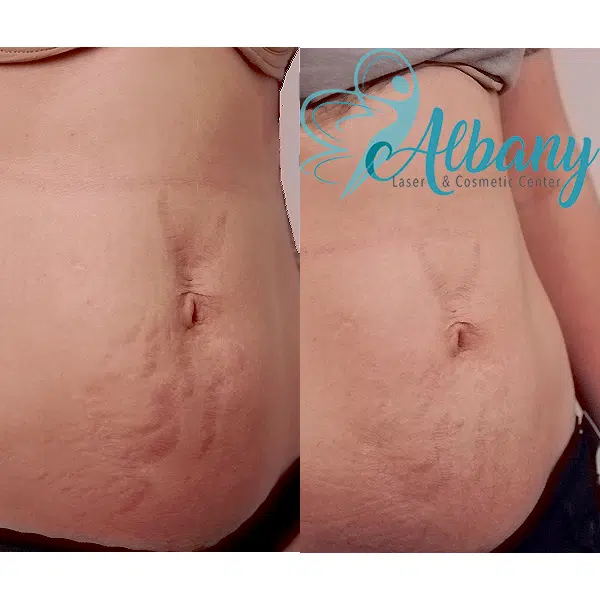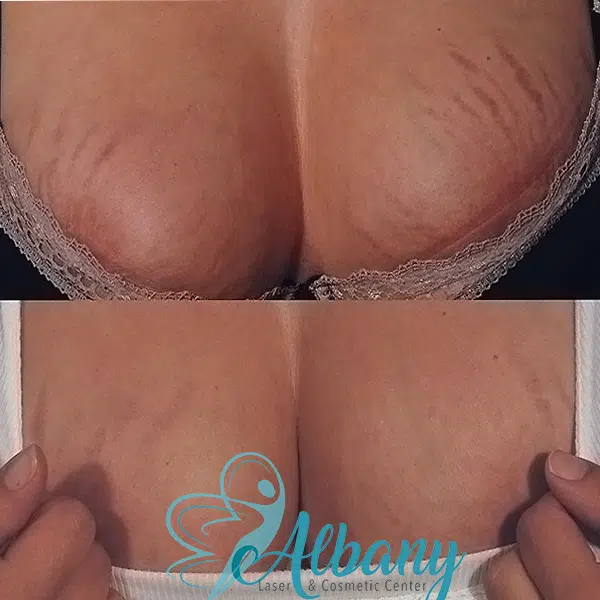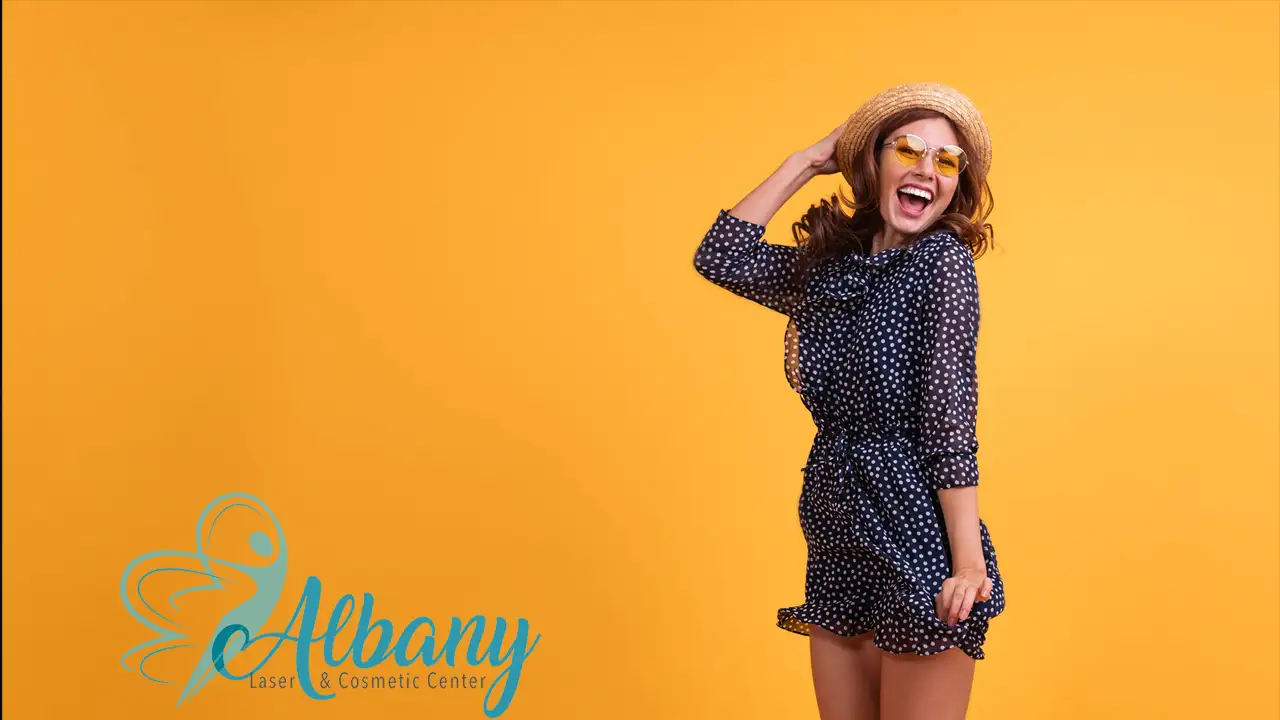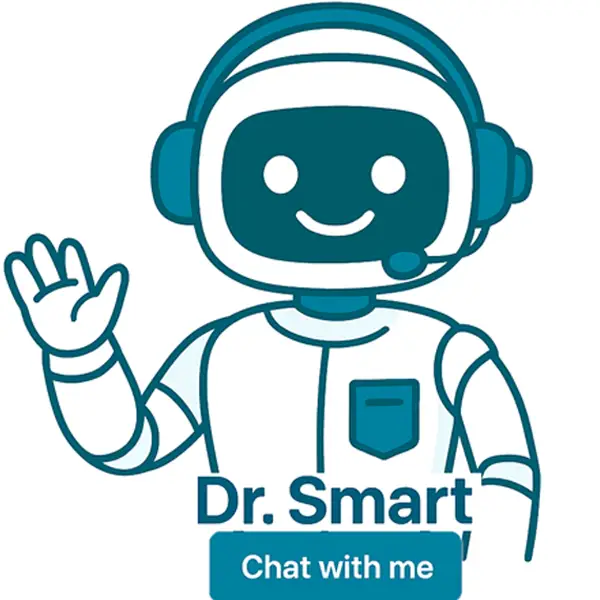Most Advanced Stretch Marks Treatments Edmonton
Stretch marks, often appearing during growth spurts, pregnancy, or weight changes, can affect one’s self-confidence. At Albany Cosmetic and Laser Centre, we offer the latest treatments to reduce their appearance. Whether you seek to minimize these marks or understand their causes, our experts provide comprehensive solutions.
Stretch Marks Treatment Results


When it comes to the power of stretch mark treatments, nothing speaks louder than before-and-after images. These snapshots provide a genuine look at the transformations our clients have experienced, showcasing the noticeable difference our procedures can make. From subtle improvements to dramatic changes, our gallery captures the effectiveness of the treatments offered at Albany Cosmetic and Laser Centre.
Treatment Cost
Cost And Pricing
Procedure Duration
Treatment benefits

Understanding the Basics and Causes of Stretch Marks
Stretch marks, scientifically known as striae, are lines that appear on the skin when it stretches too quickly. This often occurs during growth spurts, weight gain, or pregnancy. The rapid stretching prevents the skin from producing enough collagen, a protein that keeps skin elastic and smooth, leading to small tears. Initially, stretch marks may appear red or purple due to visible blood vessels, but they eventually fade to silvery or white. At Albany Cosmetic and Laser Centre, we help you understand and treat these marks effectively.
Cutting-Edge Cellulite Treatments In Edmonton
Stretch marks can impact your confidence, but at Albany Cosmetic and Laser Centre, we offer advanced treatments to help reduce their appearance. Our comprehensive approach includes:
- Fraxel Fractional Laser: Stimulates collagen production for smoother skin.
- Fotona TightSculpting: Tightens and rejuvenates the skin.
- Microneedling with PRP: Promotes natural skin healing and regeneration.
- IPL Treatments: Reduces discoloration and improves texture.
- Sculptra Injections: Gradually improves skin thickness and elasticity.
Frequently Asked Questions
Are Stretch Marks Permanent?
How Can I Prevent Stretch Marks?
- Eating a healthy diet rich in fruits and vegetables.
- Drinking plenty of water to stay hydrated.
- Maintaining a healthy weight, especially during periods of rapid growth or weight gain.
- Applying cocoa butter lotion or oils such as almond or jojoba oil to keep your skin moisturized and supple.
Side Effects Associated with Treatments?
Prepare for Your Stretch Mark Treatment Session
- Avoid sun exposure or tanning beds for at least two weeks.
- Keep the treatment area clean and moisturized.
- Refrain from using any harsh skincare products or exfoliants for a few days prior.
- Inform your specialist of any medications or supplements you’re taking, as some might affect the treatment or healing process.
Steps Should I Follow Post-Treatment?
- Keep the area moisturized with a recommended lotion or ointment.
- Avoid direct sun exposure to the treated area for at least a week. If you need to go outside, use sunscreen with a high SPF.
- Steer clear of hot showers, saunas, or any activity that causes excessive sweating for the first 48 hours.
- Follow any specific instructions provided by your specialist to ensure optimal healing and results.
Recovery After Your Stretch Mark Treatment
- Mild redness, swelling, or a tingling sensation is normal and usually subsides within a few hours to a couple of days.
- You can resume daily activities immediately, but avoid strenuous exercise for 24-48 hours.
- Stay hydrated and maintain a healthy lifestyle to support the skin’s natural healing process.
- At Albany Cosmetic and Laser Centre, our team will provide detailed recovery guidelines tailored to your specific treatment to ensure smooth healing and optimal results.
